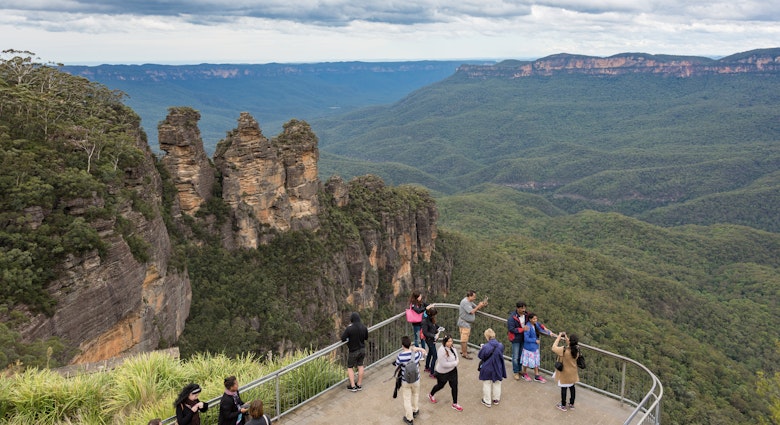
- placement: fullWidth
- path: articles/in-content-top
- possible size: [970, 250], [970, 90], [728, 90], [300, 250], [320, 50], [1, 1],
- targeting:
{ "url": "meteor-showers-november-2020" }
Life may be dull as we all stay home to curb the spread of COVID-19, but sky-watchers are set to have a bumper November. According to EarthSky, the South and North Taurid meteor showers are due to appear this month, followed by a Leonid meteor shower and a penumbral lunar eclipse.
- placement: fullWidth
- path: articles/in-content-middle
- possible size: [970, 250], [970, 90], [728, 90], [300, 250], [320, 50], [1, 1],
- targeting:
{ "url": "meteor-showers-november-2020" }
The Taurid meteor stream consists of far-flung debris left behind by Comet 2P/Encke. The South Taurids are expected to peak between late night on November 4 and the following dawn. The meteoroid streams that feed the Taurids are very spread out and diffuse and they usually don’t offer more than about five meteors per hour. The expected peak night of the South Taurid shower happens when a waning gibbous moon lights up the sky almost all night long, which is the phase of the moon in which its illuminated part is greater than a semicircle and less than a circle.
- placement: native
- path: articles/in-content-native
- possible size: [f, l],
- targeting:
{ "url": "meteor-showers-november-2020" }
The North Taurids meteor shower will peak on 11 November until the following dawn, and the slender waning crescent moon isn’t expected to seriously intrude on what we'll see. Higher rates of Taurid fireballs appear to happen in seven-year cycles, with the last dramatic event occurring in 2015, so elevated levels of fireballs are not expected in 2020.
The Leonid meteor shower is associated with the comet Tempel–Tuttle and is expected to peak between midnight on November 16 and the following dawn. It is more prolific than the Taurids and is expected to produce 15 to 20 fast-moving meteors per hour. The final event of the month is a penumbral lunar eclipse, which occurs when the moon enters Earth’s outer shadow. It is due to take place on November 30 and will be visible throughout North America.
You might also like:
The northern lights are going to be named - and you can help choose them
Enjoy the night sky without the cold at these innovative Arctic cabins
The best US national parks for stargazing, according to star map makers
- placement: fullWidth
- path: articles/bottom
- possible size: [970, 250], [970, 90], [728, 90], [300, 250], [320, 50], [1, 1],
- targeting:
{ "url": "meteor-showers-november-2020" }
Explore related stories

Beaches
These 5 day trips from Sydney will show you the splendors of New South WalesNov 22, 2024 • 7 min read

 ActivitiesCopy My Trip: Exploring Ecuador and the Galápagos with Elsewhere
ActivitiesCopy My Trip: Exploring Ecuador and the Galápagos with ElsewhereNov 25, 2024 • 5 min read
 Wildlife & NatureDay trips from New Orleans: 9 can't-miss jaunts from The Big Easy
Wildlife & NatureDay trips from New Orleans: 9 can't-miss jaunts from The Big EasyNov 21, 2024 • 6 min read
 Wildlife & NatureHidden treasures: Where locals love to travel in Argentina
Wildlife & NatureHidden treasures: Where locals love to travel in ArgentinaNov 21, 2024 • 5 min read


 Local VoicesEverything you need to know about visiting New York in December
Local VoicesEverything you need to know about visiting New York in DecemberNov 25, 2024 • 10 min read


